Alfred A. Knopf, 1991
First, the swooning: Michael McCurdy's wood engravings are very fitting for the folk tales. Folk tales are a part of literary history and McCurdy does it justice. I really like his depictions of the characters. They all look strong and larger than life, just like a folk hero should. The multi-color palette breathes life into them. It should also be noted that American Tall Tales was chosen as one of School Library Journal's "Best Books".
Greetings from the northern outpost of
Aztlán, or as it's otherwise known, Chicago. For the month of May, I'll be profiling Chicano arts and letters here, starting with a look at a rock of progressive politics, a people's artist in the truest sense, Carlos
Cortez.
Other columns will give you a bird's eye view of a major force in Latino literature in the Midwest,
MARCH/Abrazo Press--a review of it's newest chapbook,
A Book of Mornings, and a profile of its author,
Raúl Niño. Next week, however, I'm posting a special Mother's Day column.
xxxxxxxxxxxxxxxxxxxxxx

CARLOS CORTEZ
(1923 - 2005)
“When you do a painting that’s it, it’s one of a kind. But when you do a graphic the amount of prints you can make from it is infinite. I made a provision in my estate, for whoever will take care of my blocks, that if any of my graphic works are selling for high prices immediate copies should be made to keep the price down.” -- Carlos Cortez

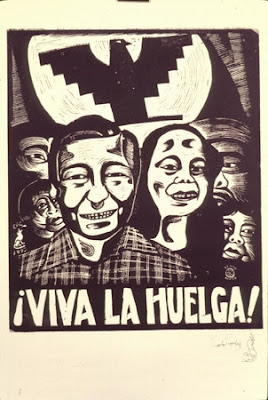
Carlos
Cortez was an extraordinary artist, poet,
printmaker, photographer, songwriter and lifelong political activist. His mother was a German socialist pacifist, and his father was a Mexican Indian organizer for the Industrial Workers of the World (
IWW), also known as the Wobblies. Carlos was a
Wobblie until he died. He spent two years in prison for refusing to “shoot at fellow draftees” during World War II.
After his release, Carlos took a series of jobs: in construction, in a small imported foods shop, in a chemical factory. He also started drawing cartoons in 1948 for the Industrial Worker, the
IWW newspaper, but soon learned to do linoleum block prints. “Many radical papers—not having advertising, grants or angels who are rich radicals—operate on the brink of bankruptcy. So Industrial Worker
couldn’t afford to make electric plates out of line drawings. I saw that one of the old-timers was doing linoleum blocks and sending them in because the paper was being printed on a flatbed press. I started doing the same thing, and each issue would have one of my
linocuts.”
When the price of linoleum became too steep, Carlos started using wood. Used furniture was easy enough to find in any alley. “There’s a work of art waiting to be liberated inside every chunk of wood. I’m paying homage to the tree that was chopped down by making this piece of wood communicate something.” Carlos later became an accomplished oil and acrylic painter, though he always preferred the woodcuts because they were reproducible and affordable.
When the Industrial Worker switched to offset in the 1960s, Carlos began drawing pen-and-ink cartoons. He has also served as editor of the newspaper and on the union’s General Executive Board, and was one of the
IWW’s most popular public speakers. In 1985, to commemorate the union’s 80
th anniversary, he organized an important exhibition, “Wobbly: 80 Years of Rebel Art,” featuring original works by many
IWW cartoonists. Carlos was probably the only
IWW artist whose work was exhibited at the Museum of Modern Art in New York. His art is exhibited throughout the United States, Europe and Mexico.
In the 1960s, Carlos married Marianna
Drogitis, and in 1965 they moved to Chicago where he became involved with the local Mexican and Chicano mural movement. “I’
ve always identified myself as a Mexican,” he says. “ I guess this was a result of my early years in grammar school. Even though I resembled my German mother more than my Mexican father, being the only Mexican in a school full of whites made me mighty soon realize who I was. But it was my German mother who started my Mexican consciousness. She said, “Son, don’t let the children at school call you a foreigner. Through your father you are Indian, and that makes you more American than any of them.”
Inspired above all by the work of
José Guadalupe
Posada,
printmaker of the Mexican Revolution, and the German expressionist
Käthe Kollwitz, Carlos blends the techniques and styles of the German expressionists with themes from the ancient Aztecs and modern Chicanos. He made countless images support striking workers, from miners in Bolivia to farm workers in California, though he is best known for large
linocut poster-portraits of activists and labor organizers such as Joe Hill, Ricardo
Flóres Magón, Lucy Parsons and Ben Fletcher.
“After some 40 years of construction labor, record salesman, bookseller, factory stiff and janitor, I no longer punch a clock for some employer and have entered the most productive phase of my life where I do what I want to do and not what some employer wants me to do for him…As I keep working out ideas, I keep getting more ideas. So I’m going to go out kicking and screaming.”
In 1998, the Center for the Study of Political Graphics honored Carlos
Cortez with the “
Art as a Hammer” Award for his inspired and inspiring use of art to create a more just world. He died in January 2005, in Chicago. He will be missed. Carlos
Cortez was also an integral part of
MARCH/Abrazo Press, who published his book,
de KANSAS a CALIFAS & back to Chicago.
His work is also part of the permanent collection at
The National Museum of Mexican Art here in Chicago.
Carlos
Cortez,
Presente!
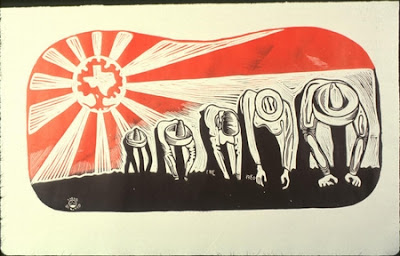
Many thanks for help with this piece to:
The Center for the Study of Political Graphics (
CSPG) is an educational and research archive that collects, preserves, documents, and circulates domestic and international political posters relating to historical and contemporary movements for peace and social justice.
CSPG demonstrates the power and significance of these artistic expressions of social change through traveling exhibitions, lectures, publications, and workshops. Through our diverse programs,
CSPG is reclaiming the power of art to inspire people to action.
The archive currently contains approximately 60,000 posters from 1900 to the present, including the largest collection of post World War II social justice posters in the U.S.
CSPG depends upon the donation of posters to make this resource as representative as possible of the many historical and ongoing struggles. The Center only collects posters with an overt political content, done in multiples. They do not accept one-of-a-kind items. All donations are tax-deductible.
Their website,
http://politicalgraphics.org for additional information about
CSPG.
Lisa Alvarado





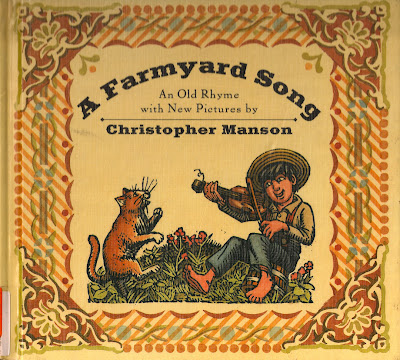
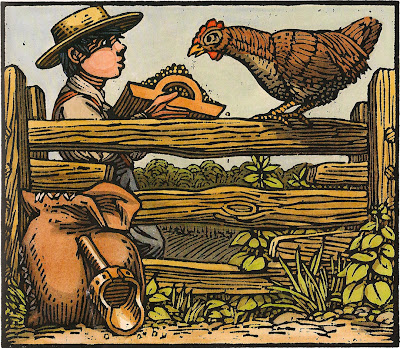
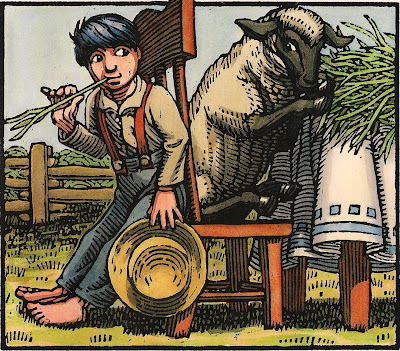
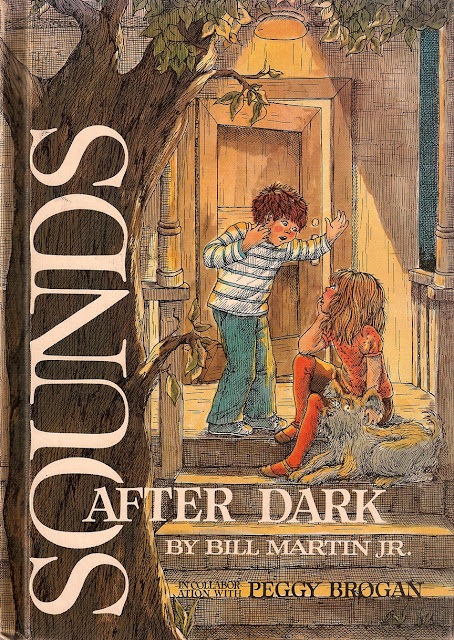

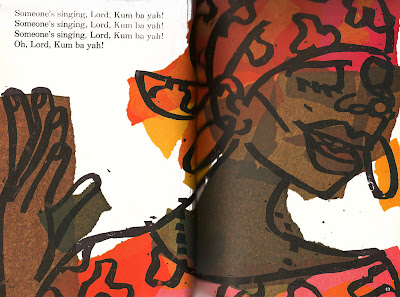
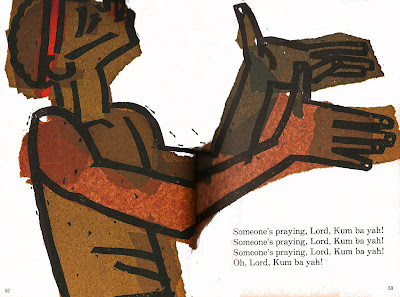
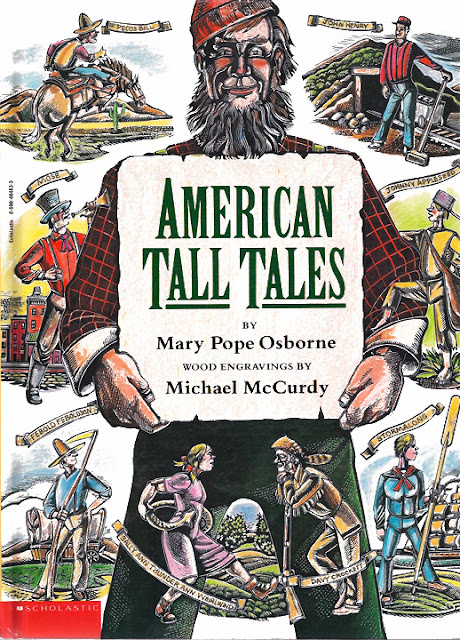









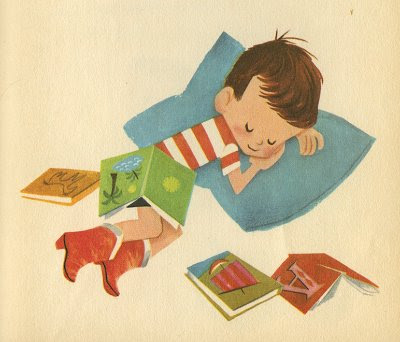
grrrrreat, excellent texures!!!!!!!!!!!!
Klonek is the man! I’m actually sporting a handsome belt the guy did a few years back.